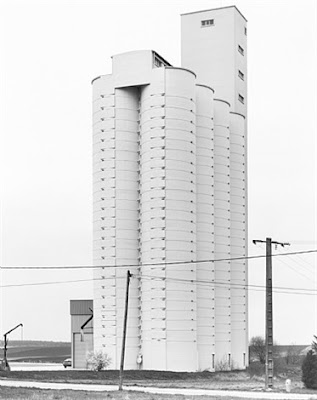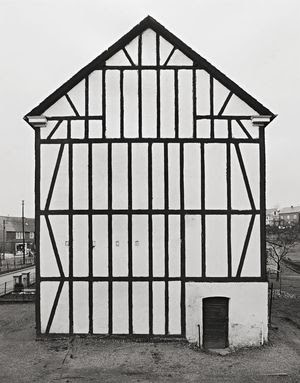While working out ideas for an installation using photographs, I have decided to connect two 'Tower boxes', one representing home and one work, with a tunnel representing the commute, or our journey from one to the other.
Two things sprang to mind, the small, confined space in which we find ourselves travelling (from the confined space of home to the confined space of work), and also the wide open, fresh-smelling world outside of that confined space. the orld which we may glimpse through a window if we dare to look up.
Returning to the work of Michael Wolf I studied his series titled 'Tokyo Compression', consisting of photographs of commuters squeezed and pressed up against windows of packed subway carriages.
There are many photographs in the series, but I became particularly drawn to the ones which began to resemble paintings, or fashion photographs by Erwin Blumenfeld.
 |
| Wolf, M. (2010) Tokyo Compression |
For the other aspect, the 'outside' I began taking photos of my own commute, part of which takes in the vast beauty of the Kent countryside. Taking photographs through the train window gave me high and sometimes voyeuristic vantage points. I also began to prefer the blurred softness of those photos where I used a slower shutter speed. Their minimalism excited me, and made me think of how they would sit together with the minimalism of my 'tower blocks'.




























